Home>Furniture>Kitchen Furniture>How Much Detergent to Use in HE Washer
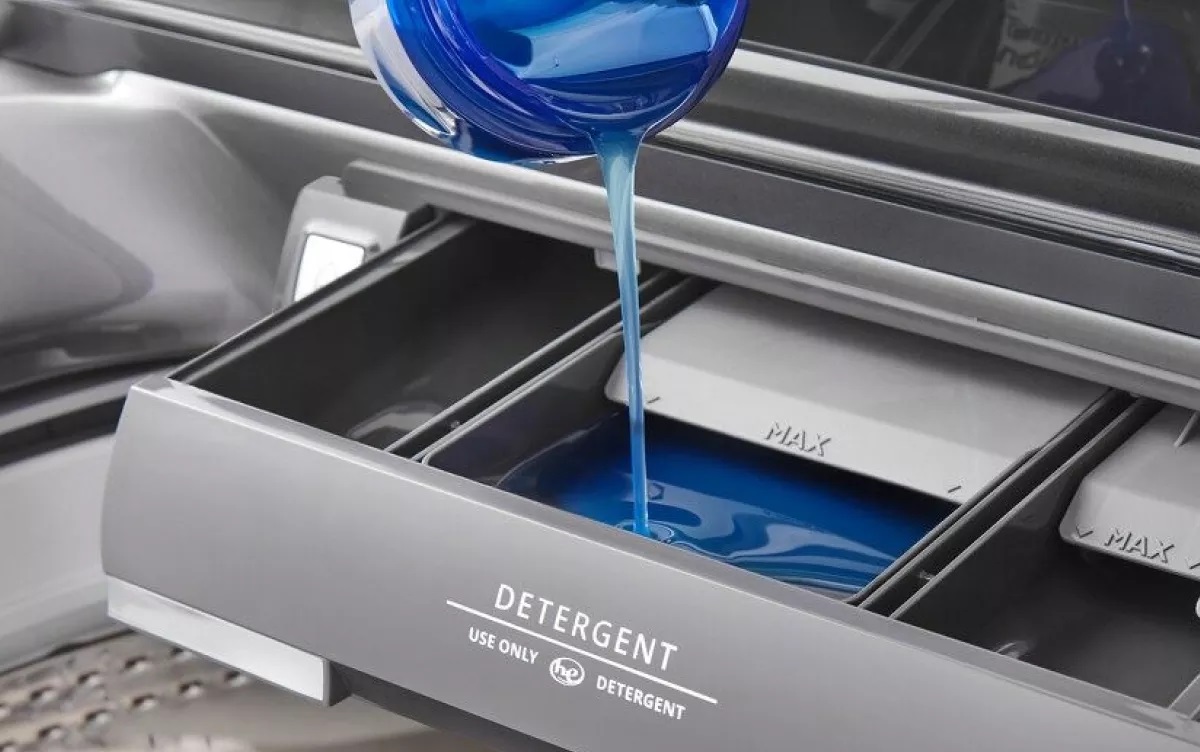

Kitchen Furniture
How Much Detergent to Use in HE Washer
Modified: February 29, 2024
Find out the recommended amount of detergent to use in a high-efficiency washer with our informative articles. Simplify your laundry routine and achieve optimal results.
(Many of the links in this article redirect to a specific reviewed product. Your purchase of these products through affiliate links helps to generate commission for Storables.com, at no extra cost. Learn more)
Introduction
Welcome to the world of high efficiency (HE) washers, where optimal cleaning performance and water efficiency go hand in hand. If you’ve recently made the switch to a HE washer, you may be wondering how much detergent to use for each load. Using the right amount of detergent is crucial to ensure clean clothes and maintain the longevity of your machine.
HE washers are designed to be more energy and water efficient compared to traditional washers. They use less water and move clothes differently during the washing cycle. These machines require a specific type of detergent formulated to work effectively with HE technology. Using regular detergent or too much detergent in an HE washer can lead to excessive suds, poor cleaning results, and even damage to the machine.
So, how do you determine the right amount of detergent for your HE washer? In this article, we will explore the factors to consider and provide some guidelines to help you achieve optimal cleaning results without wasteful detergent usage.
Key Takeaways:
- Use the right amount of HE detergent based on load size, soil level, water hardness, and concentration. Adjust usage as needed for optimal cleaning and to prevent excessive suds or residue.
- Measure detergent accurately, follow manufacturer guidelines, and adjust based on water hardness and soil level. Fine-tune usage to achieve clean, fresh-smelling clothes while minimizing waste.
Read more: How to Clean an HE Washer
Factors to Consider
When determining how much detergent to use in your HE washer, there are several factors to take into consideration. These factors include the size of the load, the level of soil, the hardness of the water, and the concentration of the detergent itself.
1. Size of the Load: The size of the load plays a significant role in determining the amount of detergent needed. A larger load will require more detergent to effectively clean the clothes. On the other hand, a smaller load may require less detergent. Be sure to consult your HE washer’s manual for specific guidelines on load sizes and detergent usage.
2. Level of Soil: If your clothes are heavily soiled, you may need to use more detergent to ensure a thorough clean. Stains, dirt, and odors may require a little extra detergent to tackle stubborn grime effectively. However, for lightly soiled clothes, you can reduce the amount of detergent used.
3. Water Hardness: The hardness of your water can impact the effectiveness of detergent. Hard water contains minerals that can interfere with the cleaning process. If you have hard water, you may need to use slightly more detergent to compensate for the mineral buildup. Conversely, if you have soft water, you can use less detergent.
4. Detergent Concentration: Different detergents have varying concentrations, so it’s essential to follow the manufacturer’s instructions for your specific detergent. Some detergents are highly concentrated and require smaller amounts, while others may require more volume to achieve optimal cleaning results.
Considering these factors will help you determine the appropriate amount of detergent needed for each load in your HE washer. However, it’s important to remember that these are general guidelines, and you may need to make adjustments depending on your individual circumstances.
Size of the Load
The size of the load is a crucial factor to consider when determining how much detergent to use in your HE washer. Using the right amount of detergent ensures that your clothes are thoroughly cleaned without wasting detergent or overloading the washing machine.
HE washers come with specific load size recommendations, which you can find in your machine’s manual or on the manufacturer’s website. These guidelines typically indicate the maximum weight or volume of the load that the machine can handle efficiently. It’s important to follow these recommendations to prevent damage to your machine or subpar cleaning results.
When it comes to detergent usage, the size of the load impacts how much detergent is needed. For a small load, such as a few delicate items or a couple of lightly soiled garments, a smaller amount of detergent is generally sufficient. This typically ranges from 1 to 2 tablespoons of detergent.
For medium-sized loads, which make up the majority of everyday laundry, you would need to increase the amount of detergent. This can range from 2 to 4 tablespoons, depending on the specific detergent and the level of soil on the clothes.
Large loads, such as bedding or bulkier items, require more detergent to ensure proper cleaning. In this case, you may need to use around 4 to 6 tablespoons of detergent. However, it’s crucial to follow your machine’s guidelines and adjust the detergent amount as per the recommendations provided.
Keep in mind that these measurements are approximate and can vary depending on the specific detergent you are using, water hardness, level of soil, and individual machine specifications. It’s advisable to start with a slightly lesser amount of detergent and gradually increase if necessary, based on the performance of your machine and the cleanliness of the clothes.
By correctly gauging the size of your load and adjusting the detergent amount accordingly, you can ensure that your clothes are cleaned effectively and efficiently, saving both detergent and water in the process.
Level of Soil
The level of soil on your clothes is another important factor to consider when determining how much detergent to use in your HE washer. The amount of dirt, stains, and odors present on your garments will influence the effectiveness of the cleaning process and ultimately impact the amount of detergent needed.
If your clothes are lightly soiled, such as everyday wear or items that have been worn for a short period of time, you can generally use a smaller amount of detergent. Around 1 to 2 tablespoons is typically sufficient to remove light dirt and freshen up the fabric.
For moderately soiled clothes, such as items worn for a longer duration or clothes with visible stains, you may need to increase the detergent amount. Adding an additional tablespoon or two can help ensure that the dirt and stains are adequately tackled during the wash cycle.
If your clothes are heavily soiled, such as work uniforms, sports attire, or garments that have been stained with oil or grease, you may need to use a more significant amount of detergent. In these cases, you might consider using up to 4 tablespoons or even more, depending on the specific detergent and the severity of the stains. This will help break down and remove the stubborn grime effectively.
It’s important to note that using too much detergent does not necessarily result in cleaner clothes. Excessive suds can actually hinder the washing process and may leave residue on your garments. This is why it’s important to strike the right balance between using enough detergent to tackle the soil level and not overloading the machine with excessive amounts.
By assessing the level of soil on your clothes and adjusting the detergent amount accordingly, you can achieve optimal cleaning results while minimizing detergent waste. Experiment with different amounts based on the soil level and evaluate the cleanliness of your clothes after each wash. This will help you determine the perfect amount of detergent needed for future laundry loads.
Water Hardness
The hardness of your water can have a significant impact on how much detergent you should use in your HE washer. Water hardness refers to the mineral content present in the water, primarily calcium and magnesium ions, which can affect the performance of detergents.
Hard water contains a higher concentration of minerals, making it more difficult for detergents to dissolve and effectively clean your clothes. If you live in an area with hard water, you may need to use slightly more detergent to compensate for the mineral buildup and ensure proper cleaning.
On the other hand, if you have soft water, which has a lower mineral content, you can use less detergent. Soft water allows the detergent to work more effectively, so you can achieve excellent cleaning results even with a smaller amount of detergent.
But how do you determine the hardness of your water? You can contact your local water utility or conduct a water test at home using water hardness test strips or kits available for purchase. These tests will provide you with a clear understanding of the hardness level so that you can adjust your detergent usage accordingly.
Once you determine the hardness of your water, you can start adjusting the detergent amount. If you have hard water, you may need to increase the detergent slightly, by around 1 to 2 tablespoons, to compensate for the mineral content. If you have soft water, you can reduce the detergent amount by a similar margin.
It’s worth noting that using too much detergent in hard water can lead to the formation of soap scum and build up in your machine and on your clothes. Conversely, using too little detergent in soft water may result in less effective cleaning.
By taking into account the hardness of your water and adjusting the detergent amount accordingly, you can ensure optimum cleaning performance while minimizing the potential negative effects of mineral build-up or detergent waste.
Detergent Concentration
The concentration of the detergent you use in your HE washer is an essential factor to consider when determining how much detergent to use. Different detergents have varying levels of concentration, which means that the amount needed can differ from one brand or type to another.
When purchasing detergent for your HE washer, it’s crucial to select a detergent specifically formulated for high-efficiency machines. These detergents are designed to work effectively with the lower water levels and unique agitation patterns of HE washers.
Most HE detergents are highly concentrated, meaning that a little goes a long way. These detergents are designed to be used in smaller quantities compared to traditional detergents. Using too much detergent can lead to excessive suds, poor rinsing, and potential damage to your machine.
Generally, you will find guidelines on the packaging of the detergent specifying the appropriate amount to use for different load sizes. These recommendations take into account the detergent’s concentration and the specific capabilities of HE washers.
HE detergents usually come with pre-measured caps or markings to help you accurately pour the right amount. It’s important to follow these guidelines and avoid the temptation to exceed the recommended dosage in an attempt to get extra-clean clothes.
However, if you prefer to use a detergent that doesn’t have specific measurements mentioned, you can start with a small amount, such as 1 to 2 tablespoons, and gradually increase it if needed. Observe the cleanliness of your clothes and adjust the detergent amount based on the results.
Remember that using more detergent than necessary doesn’t necessarily result in cleaner clothes. In fact, excessive detergent can create more suds that could linger on your clothes, cause residue buildup, and affect the performance of your HE washer.
By understanding the concentration of your detergent and following the manufacturer’s guidelines, you can ensure optimal cleaning performance while utilizing the appropriate amount of detergent for your HE washer.
Use the recommended amount of detergent based on the load size and soil level. For HE washers, use HE detergent and follow the manufacturer’s guidelines for the best results.
Measuring Detergent
Accurately measuring the detergent for your HE washer is crucial to ensure optimal cleaning performance and prevent wasteful usage. While some HE detergents come with pre-measured caps or markings, others may require a bit more precision in measuring. Here are a few tips to help you measure detergent correctly:
1. Follow manufacturer guidelines: Start by checking the packaging of your detergent for specific guidelines on measuring the appropriate amount. Many detergents provide clear instructions on the back label or on the manufacturer’s website. Follow these recommendations to ensure you’re using the right amount for your load size.
2. Use measuring cups or spoons: If your detergent doesn’t come with a pre-measured cap, use a measuring cup or spoon to accurately portion out the detergent. A liquid measuring cup is ideal for measuring liquid detergents, while dry measuring cups or spoons work well for powdered or granulated detergents.
3. Be mindful of the type of detergent: The type of detergent you’re using can also affect the measurements. Liquid detergents tend to be more concentrated, so you’ll generally need to use less compared to powdered detergents. Read the instructions on the packaging to determine the appropriate measurements based on the type of detergent.
4. Adjust based on water hardness and soil level: As mentioned earlier, factors like water hardness and the level of soil on your clothes can influence how much detergent you need. If you have hard water or heavily soiled clothes, you may need to add a bit more detergent. Conversely, if you have soft water or lightly soiled clothes, you can adjust the measurement accordingly.
5. Consider load size: The size of the load is an important factor in determining the amount of detergent needed. Refer to your HE washer’s manual for load size recommendations and adjust the measurement accordingly. For smaller loads, you’ll need less detergent, while larger loads may require a slightly increased amount.
Remember that the goal is to use the appropriate amount of detergent to achieve clean clothes without creating excess suds or residue. It’s better to start with a slightly lesser amount and gradually increase if necessary, based on the performance of your machine and the cleanliness of your clothes.
By measuring your detergent accurately and being mindful of the specific guidelines provided, you can ensure effective cleaning, prolong the lifespan of your HE washer, and minimize waste.
Recommended Detergent Amounts
While the exact amount of detergent needed for your HE washer can vary depending on factors like load size, level of soil, water hardness, and detergent concentration, here are some general guidelines to help you determine the recommended amounts:
- For small loads: Use approximately 1 to 2 tablespoons (15 to 30 ml) of detergent.
- For medium loads: Use around 2 to 4 tablespoons (30 to 60 ml) of detergent.
- For large loads: Consider using 4 to 6 tablespoons (60 to 90 ml) of detergent.
Remember, these measurements are approximate and can vary based on the specific circumstances of your laundry. It’s always a good idea to consult your machine’s manual and the guidelines provided by the detergent manufacturer for more accurate recommendations.
Additionally, adjust the detergent amount based on the level of soil on your clothes and the hardness of your water. Heavily soiled clothes or hard water may require slightly more detergent, while lightly soiled clothes or soft water may need less.
If your detergent comes with pre-measured caps or markings, carefully follow the instructions provided on the packaging. These markings are specifically designed to help you dispense the recommended amount of detergent for your load size.
It’s important to note that using too much detergent can lead to excessive suds, poor rinsing, and potential damage to your machine. On the other hand, using too little detergent may result in clothes that are not thoroughly cleaned.
As you become more familiar with your HE washer and its specific performance, you can fine-tune the detergent amounts for optimal cleaning results. Adjust the measurements based on your observations and the cleanliness of your clothes after each wash cycle.
By following these general recommendations and making minor adjustments based on your specific circumstances, you can achieve clean and fresh-smelling clothes while efficiently utilizing your detergent in your HE washer.
Adjusting Detergent Usage
Adjusting your detergent usage in your HE washer is essential to ensure optimal cleaning performance and find the right balance between cleanliness and efficiency. Here are some tips to help you adjust your detergent usage:
1. Observe the cleanliness of your clothes: After each wash cycle, pay attention to the cleanliness of your clothes. If you find that your clothes are consistently coming out with stains or lingering odors, you may need to increase the detergent amount slightly.
2. Check for excess suds: Excessive suds can be an indicator of using too much detergent. If you notice a significant amount of suds during the wash cycle or excessive residue on your clothes after rinsing, you may need to reduce the detergent amount.
3. Evaluate the condition of your machine: Over time, detergent residue can build up in your HE washer, affecting its performance. If you notice that your machine is not cleaning as effectively as before or you’re experiencing issues like foul odors or poor rinsing, it may be a sign that you need to adjust your detergent usage or perform a deep cleaning of your machine.
4. Consider water hardness: If you have hard water, you may need to use slightly more detergent to compensate for the mineral content. Conversely, if you have soft water, you can try reducing the detergent amount slightly as soft water allows the detergent to work more effectively.
5. Monitor the performance of your machine: Keep an eye on how your machine is operating. If you notice excessive suds, poor cleaning results, or issues with your machine, it might be a signal to adjust your detergent usage. Consult your machine’s manual for any specific recommendations or troubleshooting tips.
6. Experiment with adjustments: If you’re uncertain about the optimal detergent amount for your HE washer, don’t hesitate to experiment with adjustments. Start with the recommended amounts and gradually increase or decrease based on your observations of cleanliness, suds, and machine performance. Keep track of the adjustments you make and their impact on your laundry results.
Remember, finding the right amount of detergent for your HE washer may require some trial and error. Each washing machine and laundry situation can be unique, so it’s important to be flexible and adaptable in your approach.
By staying attentive to the cleanliness of your clothes, taking note of any excess suds or issues with your machine, and making adjustments based on water hardness and individual circumstances, you can fine-tune your detergent usage to achieve optimal cleaning results in your HE washer.
Read more: How Much For A Used Washer And Dryer
Tips for Using Detergent in HE Washer
Using detergent effectively in your HE washer is essential for achieving clean and fresh-smelling clothes. Here are some tips to help you make the most out of your detergent and HE washer:
1. Read the manufacturer’s instructions: Follow the guidelines provided on your detergent’s packaging. Each detergent may have specific usage instructions and dosage recommendations. Adhering to these instructions will help you optimize the cleaning performance of your detergent.
2. Use HE detergent: Ensure that you are using high-efficiency (HE) detergent specifically designed for HE washers. Regular detergents may create excessive suds and can potentially damage your machine. HE detergents are formulated to work efficiently with the lower water levels and unique agitation patterns of HE washers.
3. Measure accurately: Use the appropriate measuring tools, such as pre-measured caps or measuring cups, to accurately measure the detergent. Follow the recommended amounts for your specific load size, level of soil, and water hardness. Avoid guessing or using too much detergent as it can result in poor cleaning performance.
4. Pre-treat stains: For tough stains, pre-treat them before loading them into the washer. Use stain removers or apply a small amount of detergent directly to the stain and gently rub it in. This helps to maximize the effectiveness of your detergent in breaking down and removing the stains.
5. Choose the right cycle: Select the appropriate wash cycle on your HE washer based on the type of fabric and level of soil. Different cycles offer varying agitation levels and water temperatures, ensuring optimal cleaning results. Following the machine’s manual guidelines will help you make the right selection.
6. Don’t overload the machine: Avoid overloading your HE washer with too many clothes. Overloading affects the cleaning performance and can prevent proper rinsing. Follow the load size recommendations mentioned in your machine’s manual to ensure effective cleaning.
7. Run regular maintenance cycles: Perform regular maintenance cycles as recommended by the manufacturer. This can help remove any detergent residue or build-up in your HE washer, ensuring its optimal performance and prolonging its lifespan.
8. Use fabric softener sparingly: HE washers are designed to use less water, which means excessive use of fabric softener may lead to residue on your clothes. If you choose to use fabric softener, use it sparingly and follow the manufacturer’s instructions.
9. Be mindful of the water hardness: Adjust the detergent amount based on the hardness of your water. If you have hard water, you may need to use slightly more detergent to compensate for the mineral content. If you have soft water, you can use less detergent.
10. Follow the manufacturer’s maintenance recommendations: Finally, it’s essential to follow the manufacturer’s instructions for maintaining your specific HE washer model. This includes regular cleaning, checking filters, and addressing any issues promptly.
By incorporating these tips into your laundry routine, you can ensure that you’re using your detergent effectively in your HE washer, resulting in clean and fresh-smelling clothes every time.
Conclusion
Properly using detergent in your high-efficiency (HE) washer is crucial for achieving clean and fresh clothes while maximizing the efficiency of your machine. By considering factors such as the size of the load, level of soil, water hardness, and detergent concentration, you can determine the appropriate amount of detergent to use.
Following the manufacturer’s guidelines and measuring the detergent accurately are important steps in ensuring optimal cleaning performance. It’s vital to select HE detergents specifically formulated for use in these types of washers, as they are designed to work efficiently with lower water levels and unique agitation patterns.
Don’t forget to adjust the detergent amount based on the specifics of each load. Lightly soiled clothes and soft water may require less detergent, while heavily soiled garments and hard water may necessitate using slightly more.
Take the time to observe the cleanliness of your clothes, the presence of excessive suds, and the performance of your machine after each wash cycle. These factors can guide you in making necessary adjustments to the detergent usage, ensuring optimal results with each load.
In addition to detergent usage, it’s important to follow the maintenance recommendations provided by the manufacturer to keep your HE washer operating efficiently. Regular cleaning and maintenance cycles can prevent detergent build-up and residue, prolonging the lifespan of your machine.
Remember, using the right amount of detergent not only ensures cleaner clothes but also helps to minimize waste and protect the environment. By following these guidelines and adjusting your detergent usage as needed, you can experience the benefits of an efficiently cleaned laundry with your HE washer.
So go ahead, use these tips and recommendations to make the most out of your detergent and HE washer, and enjoy the convenience of beautifully clean and fresh-smelling clothes, load after load.
Frequently Asked Questions about How Much Detergent To Use In HE Washer
Was this page helpful?
At Storables.com, we guarantee accurate and reliable information. Our content, validated by Expert Board Contributors, is crafted following stringent Editorial Policies. We're committed to providing you with well-researched, expert-backed insights for all your informational needs.
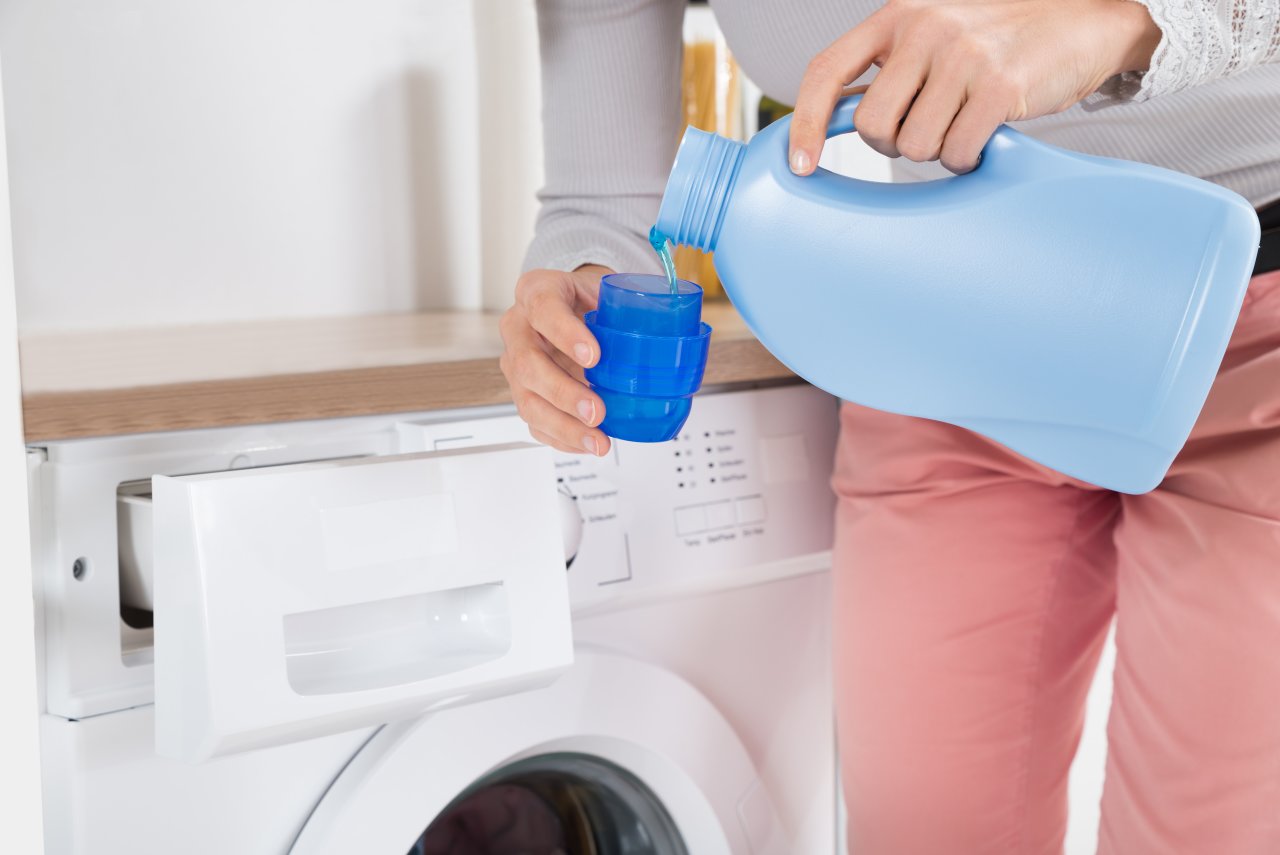
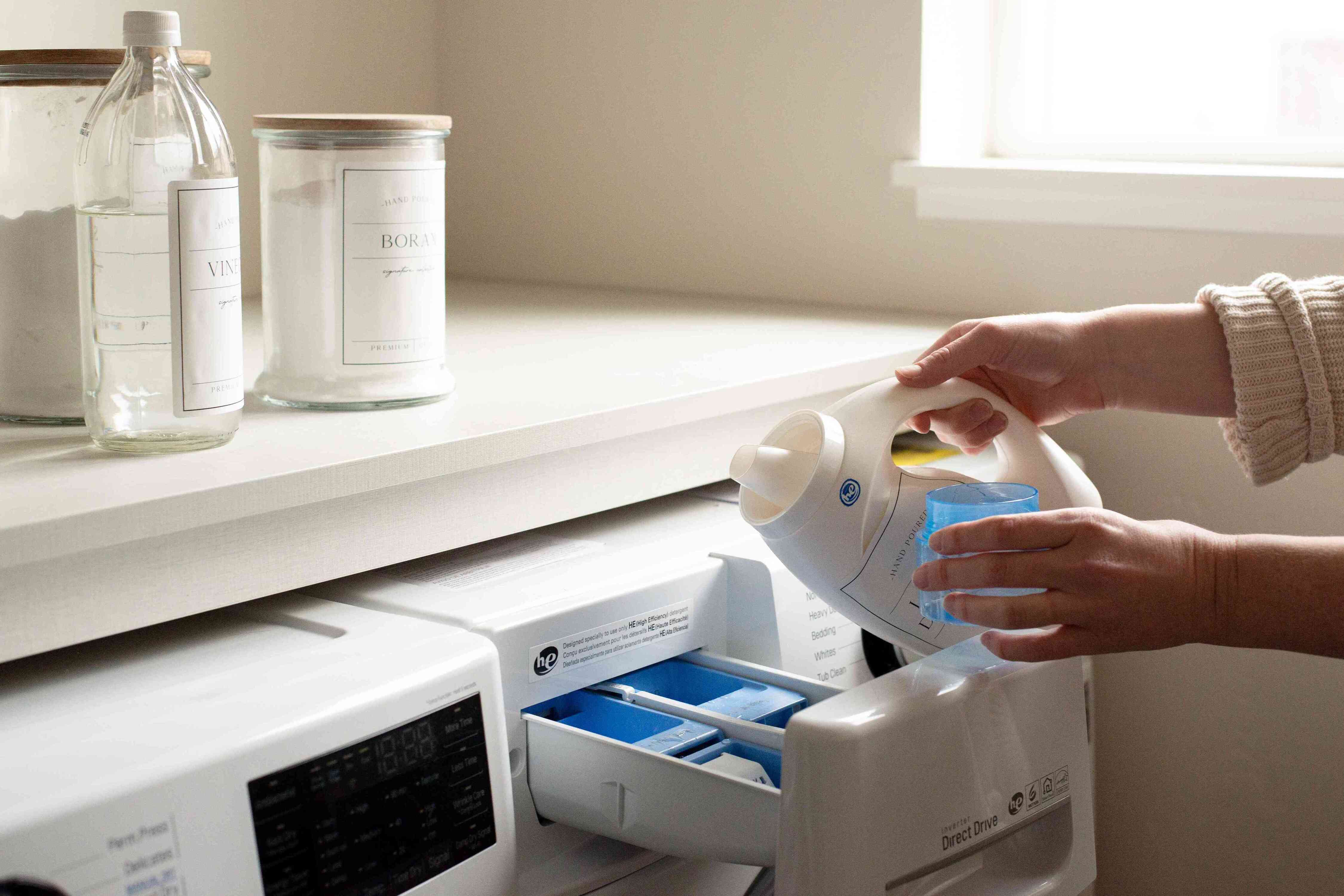
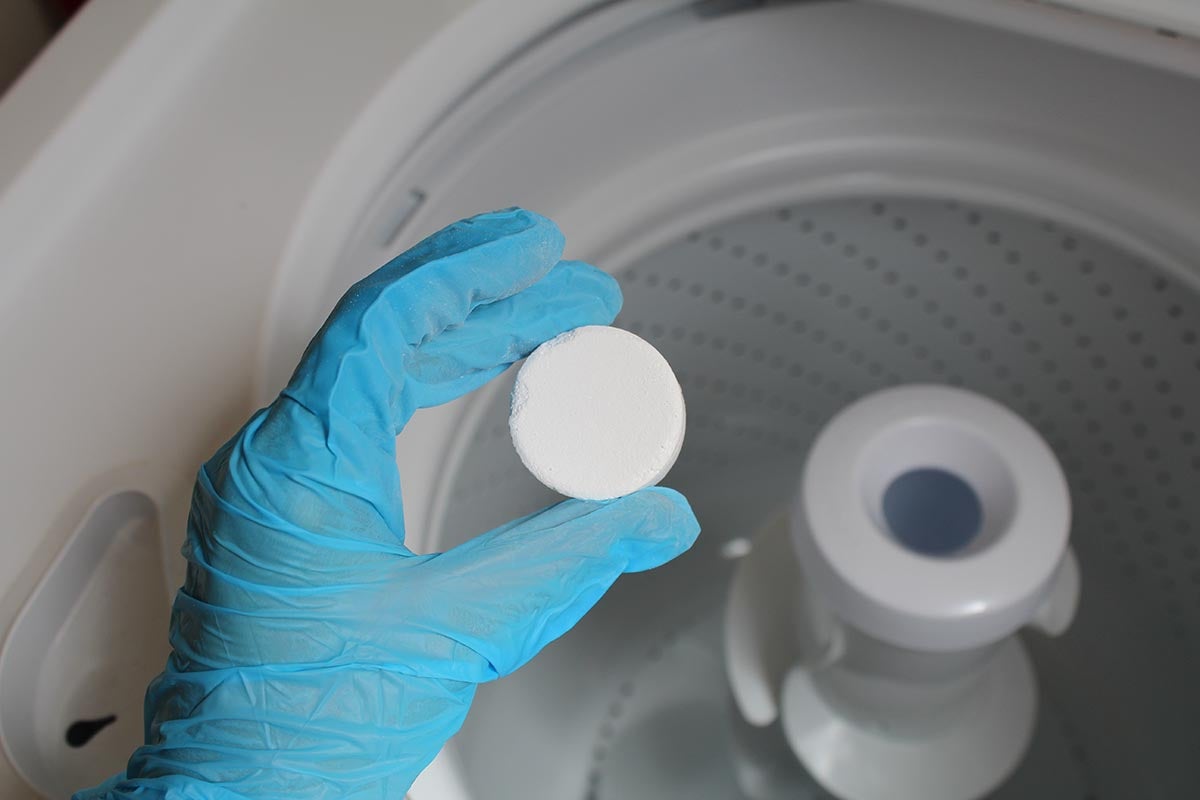
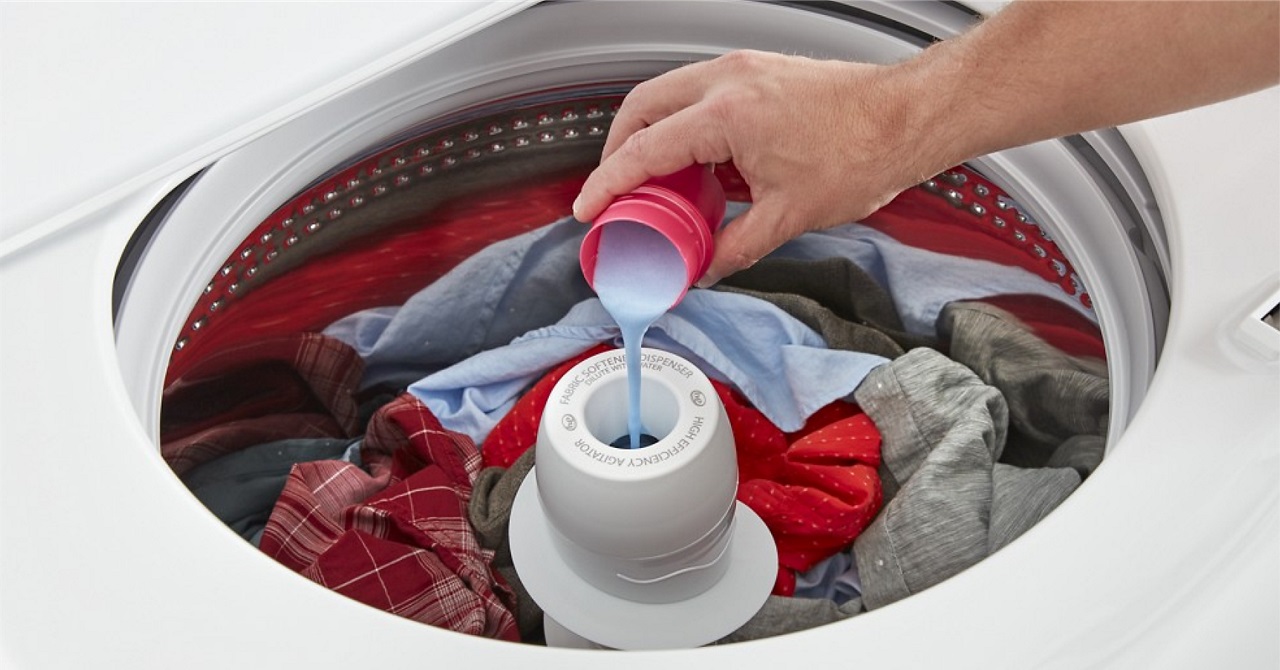
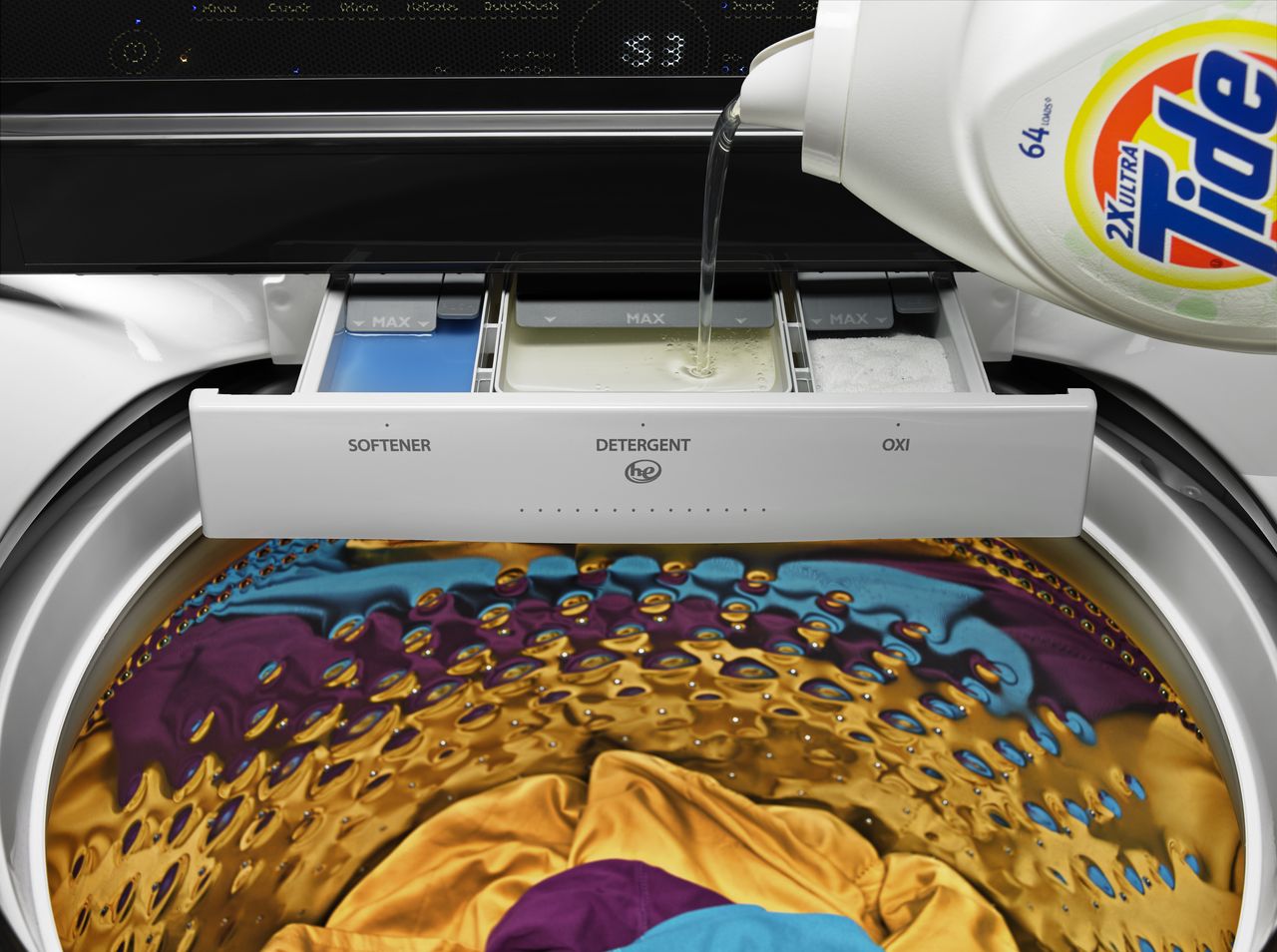
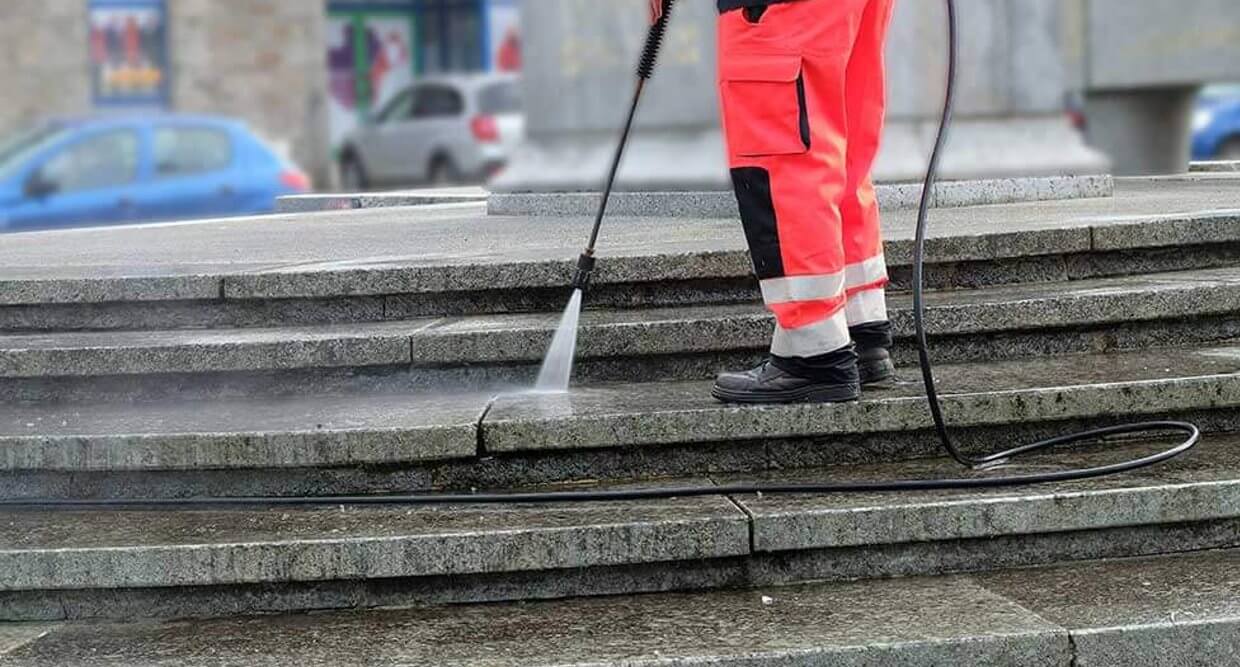
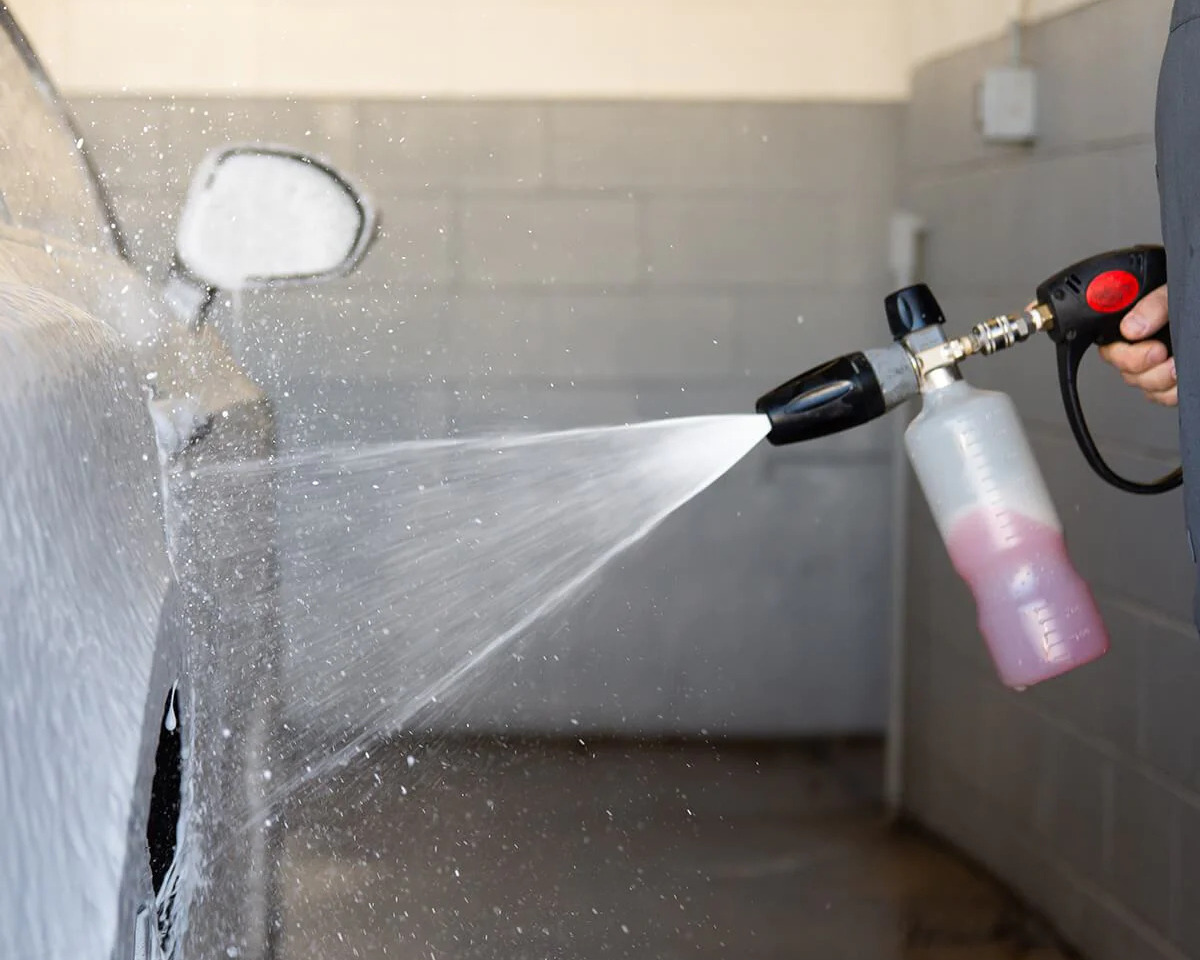
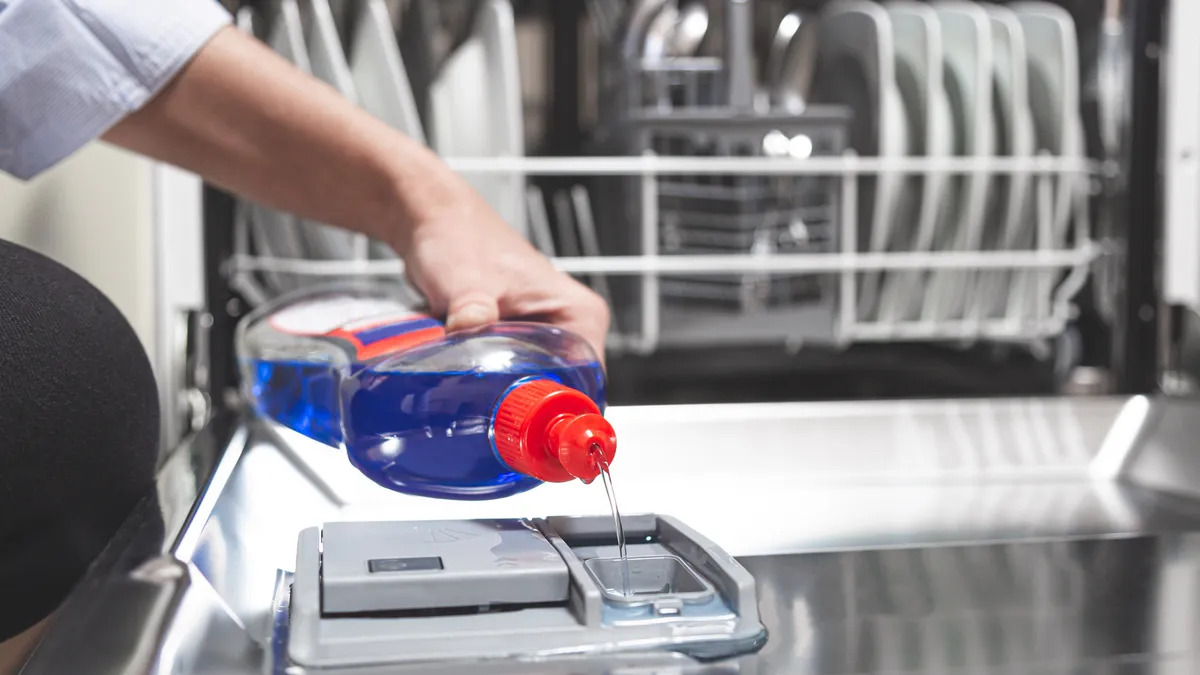
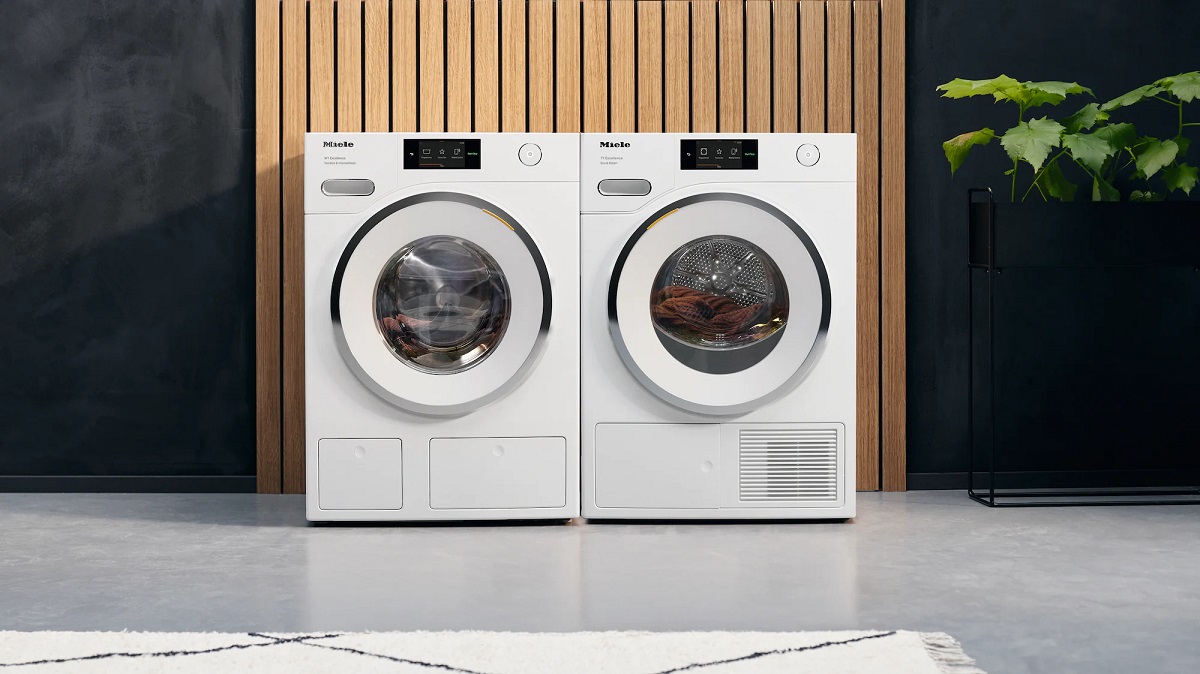
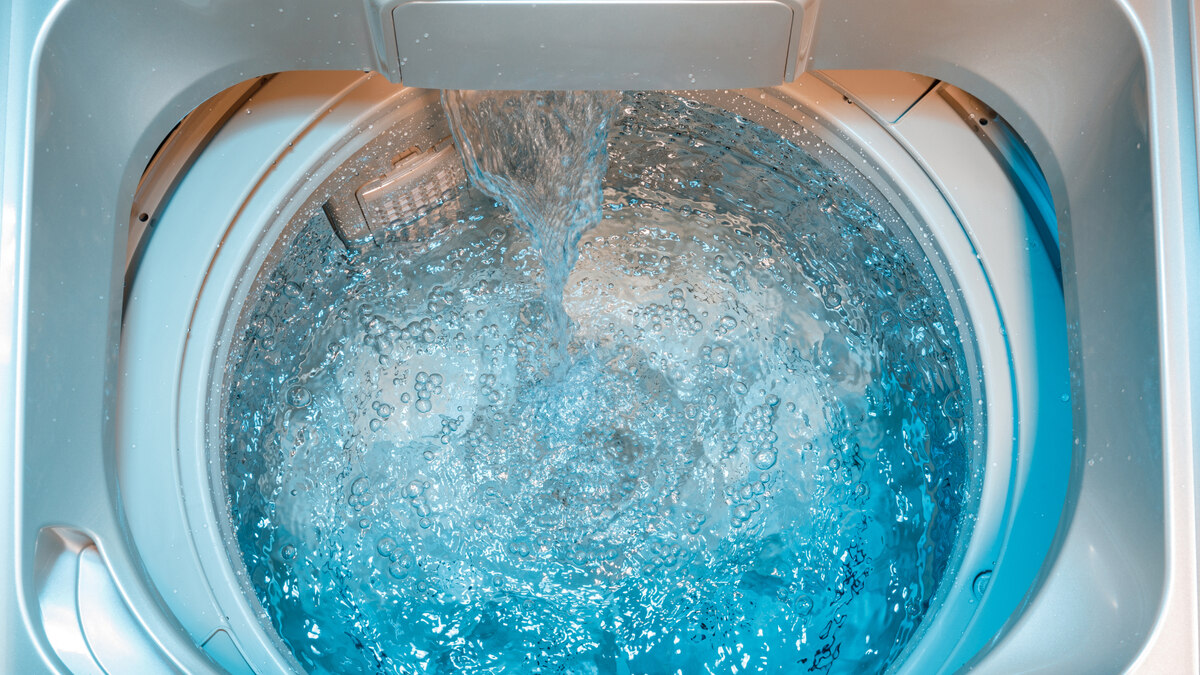
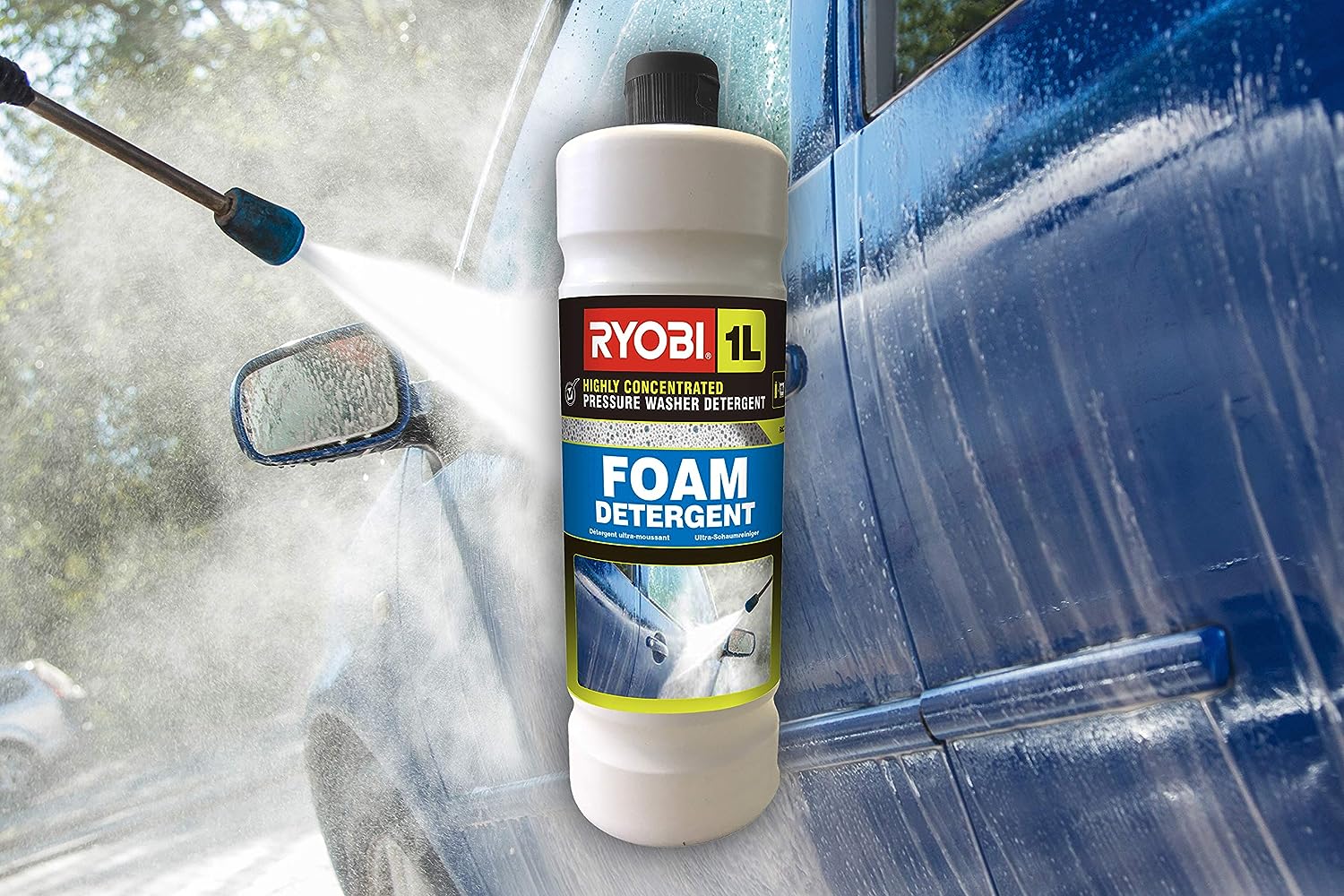
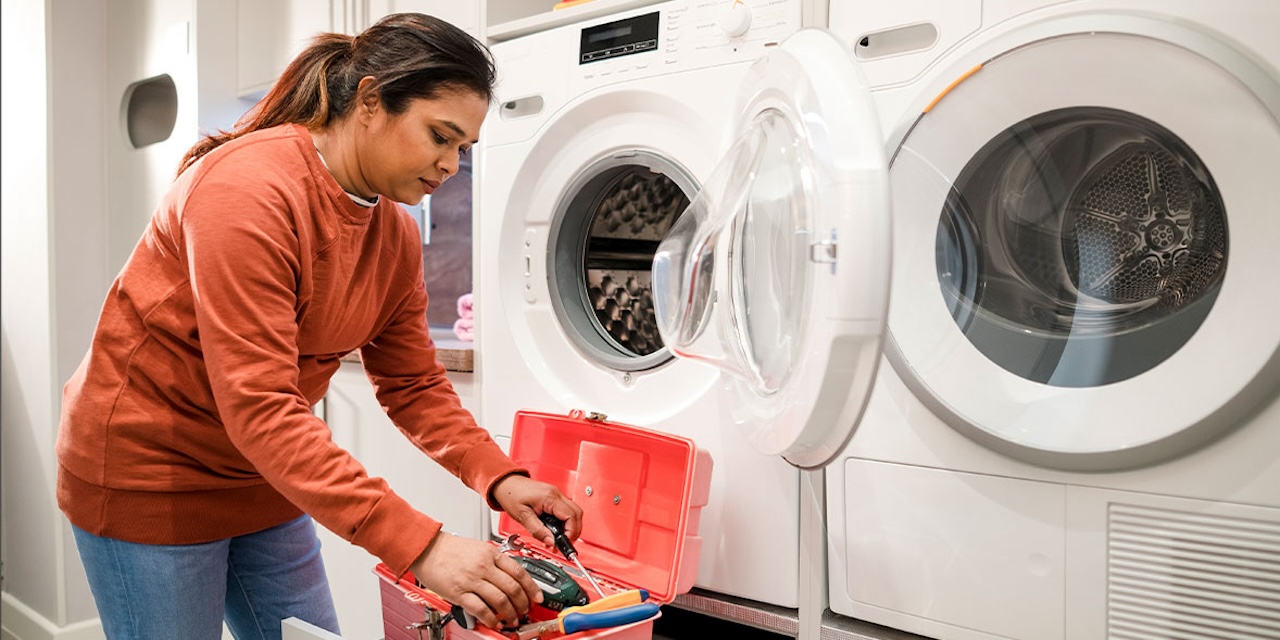
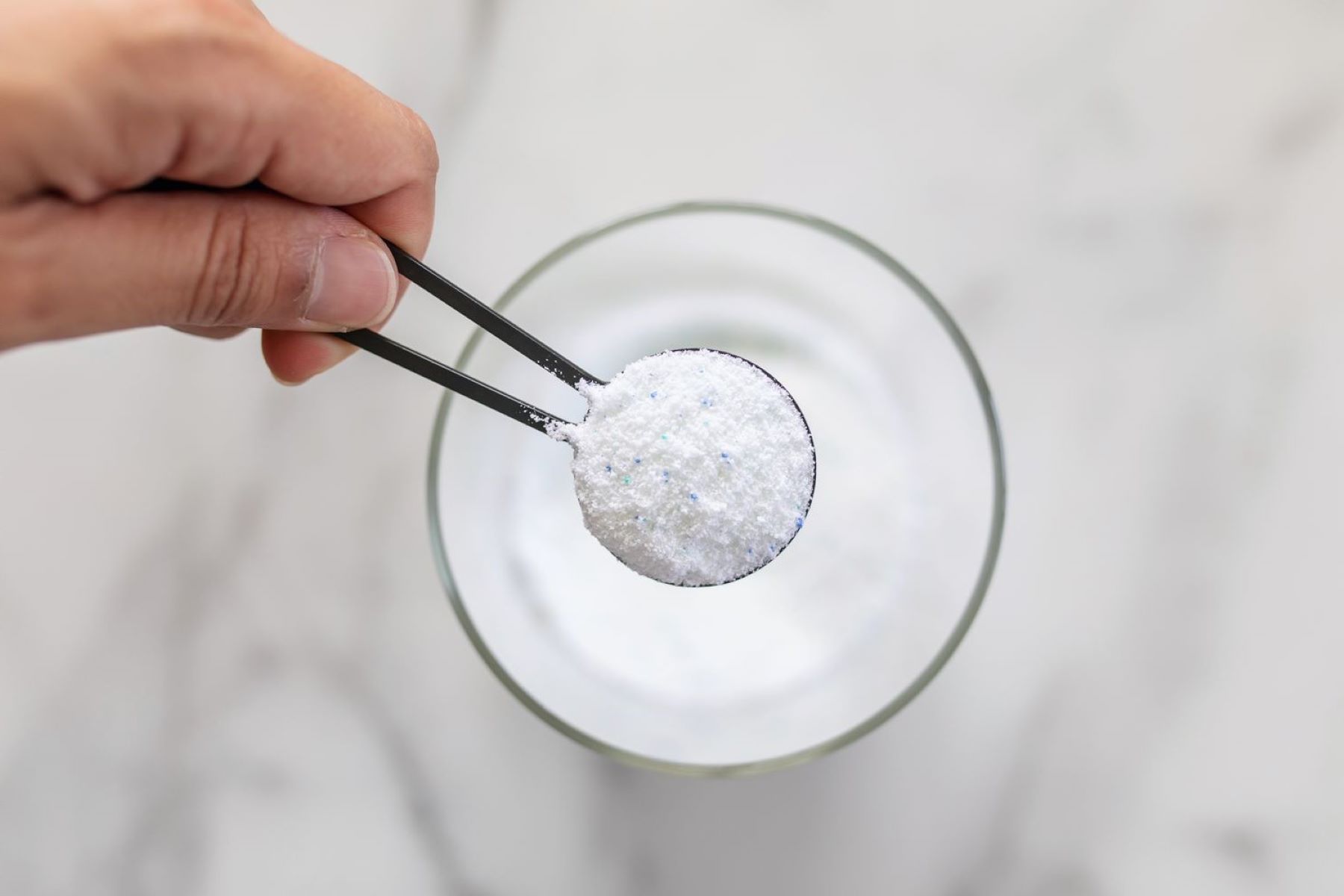

0 thoughts on “How Much Detergent to Use in HE Washer”